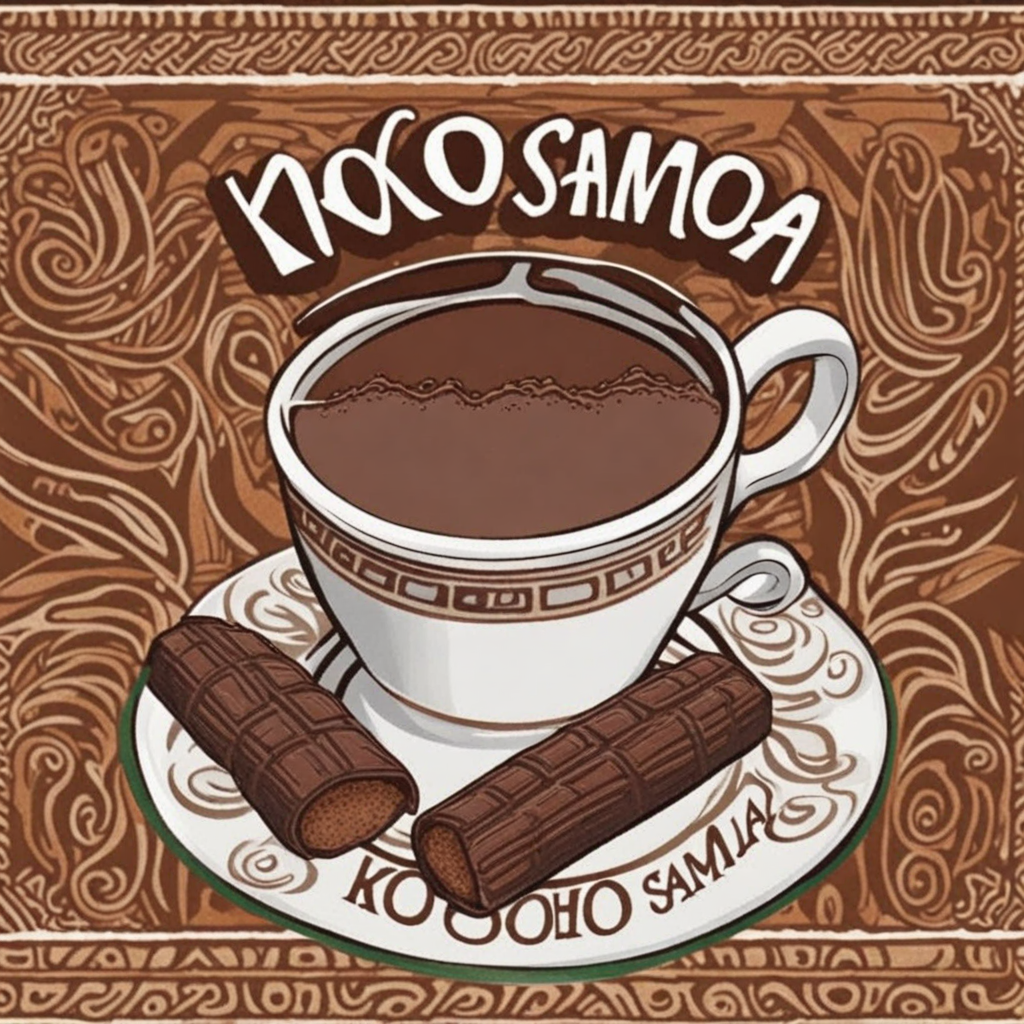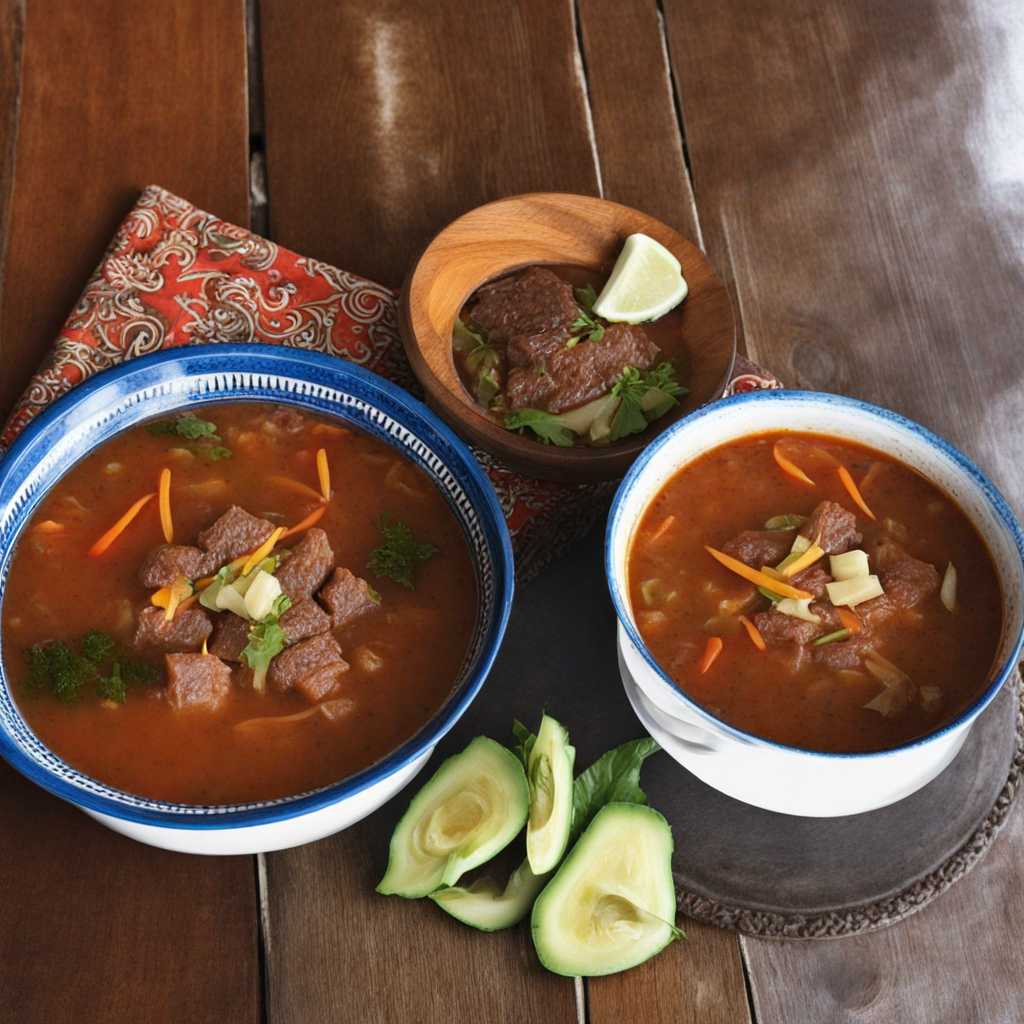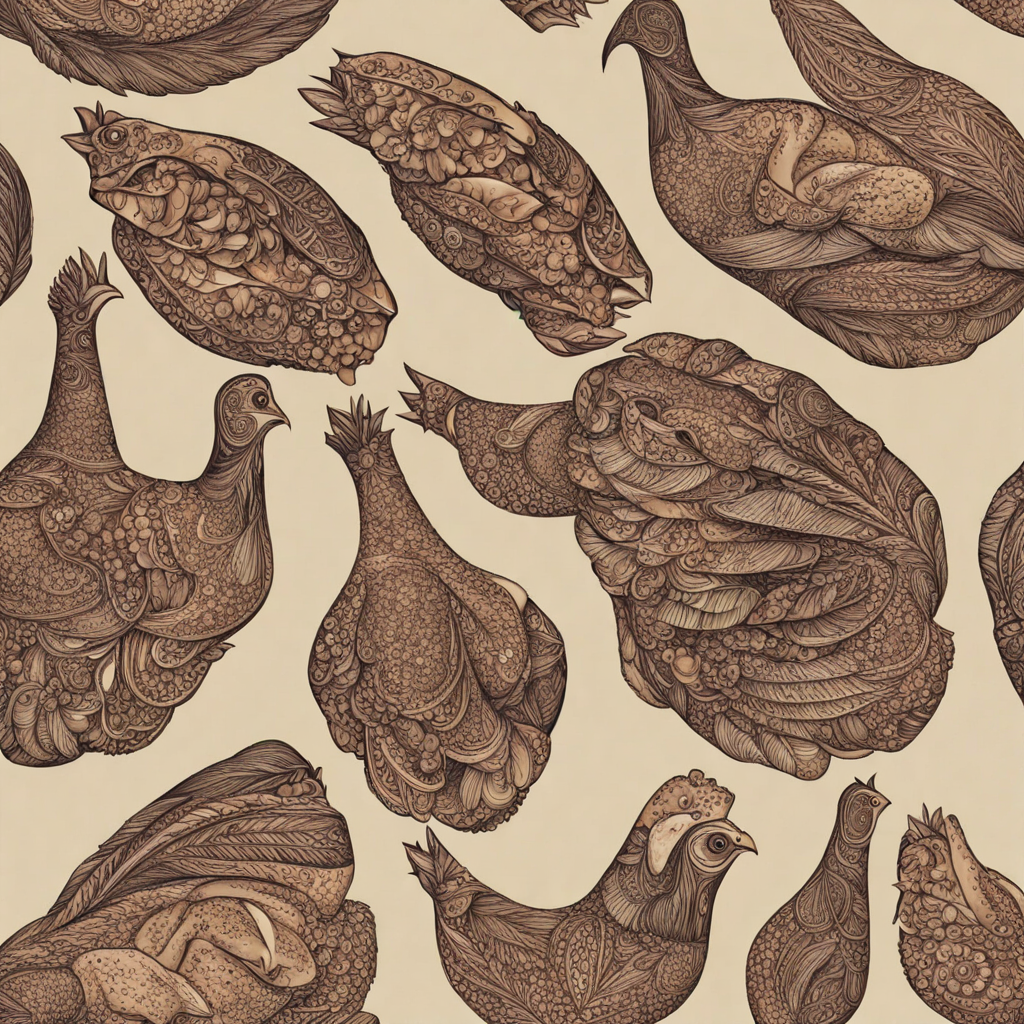Koko Samoa
Koko Samoa is a delightful and rich chocolate drink that hails from the beautiful islands of Samoa. It is made from roasted cacao beans that are ground into a fine paste, which is then combined with water to create a smooth and creamy beverage. The process of making Koko Samoa is a traditional practice that has been passed down through generations, showcasing the cultural significance of cacao in Samoan society. The drink is often enjoyed warm and can be sweetened with sugar or flavored with coconut milk, offering a luxurious taste experience that highlights the natural flavors of the cacao. The taste of Koko Samoa is uniquely robust and earthy, with a deep chocolate flavor that is both satisfying and comforting. The drink has a slightly gritty texture due to the finely ground cacao, which adds to its authenticity. As you sip Koko Samoa, you may also detect subtle notes of fruitiness and nuttiness, which are characteristics of high-quality cacao. When paired with traditional Samoan snacks or desserts, such as palusami (taro leaves with coconut cream) or fa'apapa (Samoan bread), the experience becomes even more enjoyable, creating a harmonious balance of flavors. Koko Samoa is not just a beverage; it is an integral part of Samoan culture and hospitality. Often served during special occasions or family gatherings, it embodies the warmth and generosity of the Samoan people. The drink is also celebrated for its health benefits, as cacao is rich in antioxidants and can provide a natural energy boost. Whether you are sipping it on a sunny beach or in the comfort of your home, Koko Samoa invites you to explore the rich culinary heritage of Samoa, leaving a lasting impression on your palate.
How It Became This Dish
Koko Samoa: A Journey Through Time and Culture Koko Samoa, a traditional Samoan beverage, is more than just a drink; it is a cultural emblem steeped in history, tradition, and community. This rich chocolate drink, made from roasted cacao beans, embodies the essence of Samoan life, connecting generations and celebrating the island's unique heritage. #### Origins of Koko Samoa The roots of Koko Samoa can be traced back to the introduction of cacao to the islands. Cacao is believed to have originated in the Amazon Basin and was cultivated by ancient Mesoamerican civilizations. The plant made its way across the Pacific and found its way to Samoa, likely brought by early Polynesian voyagers who exchanged goods and ideas during their long seafaring journeys. The warm, tropical climate of Samoa provided an ideal environment for cacao cultivation, and it thrived in the volcanic soils of the islands. The earliest Samoans cultivated cacao primarily for its seeds, which were processed into a beverage. The method of preparation has evolved over centuries, but the foundational steps remain largely unchanged: harvesting the ripe cacao pods, fermenting the seeds, and then roasting them to develop their rich flavor. The drink itself, Koko Samoa, is typically prepared by boiling water with the roasted and ground cacao beans, resulting in a thick, dark, and slightly bitter beverage that is sometimes sweetened with sugar or flavored with vanilla. #### Cultural Significance Koko Samoa holds a significant place in Samoan culture and society. Traditionally, it was more than just a food item; it was a symbol of hospitality and community. Serving Koko Samoa to guests is a gesture of respect and warmth, embodying the Samoan concept of fa'a Samoa, the Samoan way of life that emphasizes community, family, and social obligations. During important cultural events, such as weddings, funerals, and festivals, Koko Samoa plays a vital role. It is often served alongside traditional foods, enhancing the communal experience and fostering connections among attendees. The drink's preparation can also be a communal activity, where families gather to roast and grind the cacao, reinforcing bonds and sharing stories across generations. In addition to its role in hospitality, Koko Samoa has medicinal connotations in Samoan culture. Traditionally, the drink has been used as a remedy for various ailments, believed to provide warmth and energy during colds and fatigue. The health benefits attributed to cacao, including its antioxidant properties and mood-enhancing effects, have only added to its esteem within the community. #### Development Over Time The development of Koko Samoa over time reflects broader changes in Samoan society and global influences. In the pre-colonial era, cacao was a local product, integral to the diet and economy of Samoan communities. However, with the arrival of European colonizers and missionaries in the 19th century, the landscape began to shift. The introduction of new crops and the changing social structures influenced traditional practices, including those surrounding Koko Samoa. By the mid-20th century, the commercialization of cacao and the rise of the global chocolate industry began to impact local practices. While some Samoan farmers continued to grow cacao for local consumption, many sought to capitalize on the growing demand for chocolate products. This led to a decline in traditional methods of preparing Koko Samoa, as commercial chocolate products flooded the market. In response to these changes, there has been a resurgence of interest in traditional Samoan foods, including Koko Samoa, particularly in the late 20th and early 21st centuries. Efforts to promote cultural heritage and traditional practices have led to renewed appreciation for Koko Samoa. The beverage has found its way into restaurants, cultural festivals, and events, where it is celebrated not only for its flavor but also for its cultural significance. Furthermore, the movement towards sustainable and locally sourced foods has sparked a revival in the cultivation of heritage cacao varieties. Farmers are increasingly recognizing the value of preserving traditional agricultural practices, and the production of Koko Samoa has become a focal point for promoting local agriculture and preserving cultural identity. #### The Modern Koko Samoa Experience Today, Koko Samoa is enjoyed both in traditional settings and modern contexts. In Samoa, you can find it served in homes, cafes, and restaurants, often accompanied by traditional snacks like panikeke (fried dough) or fresh coconut. In urban areas and among the Samoan diaspora, Koko Samoa has become a symbol of nostalgia, connecting individuals to their roots and family traditions. The presentation of Koko Samoa has also evolved, with some contemporary interpretations incorporating innovative ingredients and flavors while maintaining the essence of the original drink. For instance, some versions may include coconut milk for a creamier texture or spices like cinnamon and nutmeg for added warmth and depth. Moreover, the global interest in artisanal and craft foods has led to the emergence of small-scale producers who are dedicated to reviving traditional practices. These producers often emphasize ethical sourcing and sustainable practices, ensuring that the cacao used in Koko Samoa is grown in ways that honor the land and the community. #### Conclusion Koko Samoa is a testament to the resilience of Samoan culture and the enduring importance of food as a connector of people and traditions. From its origins as a local beverage to its modern iterations, Koko Samoa continues to thrive as an important cultural symbol. It encapsulates the Samoan spirit, celebrating community, heritage, and the simple pleasure of sharing a drink with loved ones. As Koko Samoa evolves in a rapidly changing world, it remains a vital link to the past, a reflection of the land, and a reminder of the rich traditions that continue to shape the identity of Samoa today. Whether enjoyed in a traditional ceremony or a casual gathering, Koko Samoa is a delicious embrace of history, culture, and communal connection, inviting all who partake to savor its deep roots and rich flavors.
You may like
Discover local flavors from Samoa







